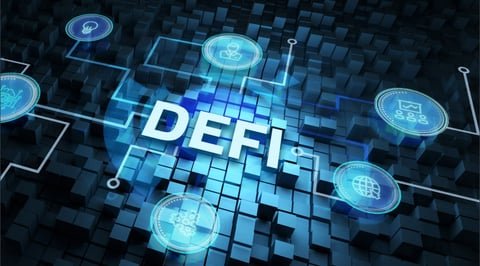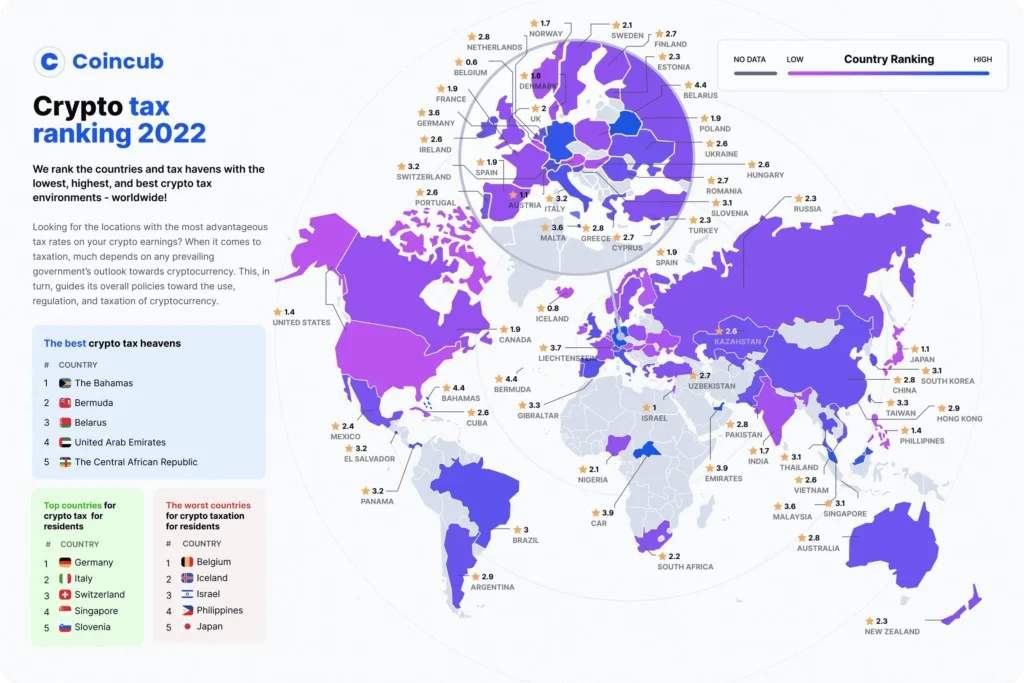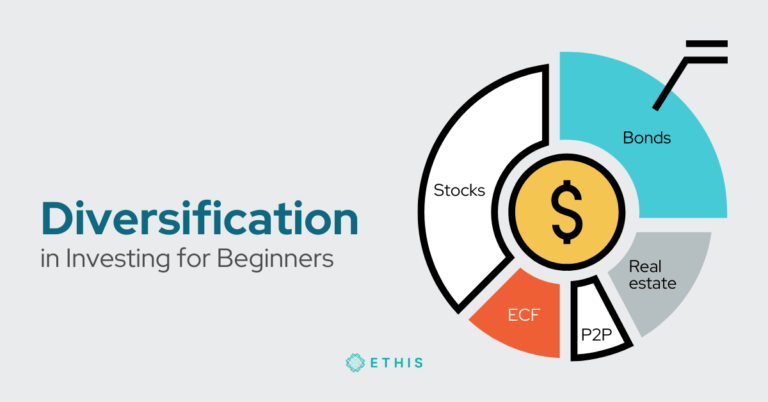
What is DeFi and why is it gaining popularity?
DeFi, short for decentralized finance, is a term that is buzzing around the financial world these days. But what exactly is it and why is it gaining so much popularity? Well, put simply, DeFi refers to a new way of doing finance that doesn’t rely on traditional intermediaries like banks or brokers. Instead, it leverages blockchain technology to create decentralized platforms, where transactions can be made directly between individuals, cutting out the middleman.
So, why is DeFi gaining so much traction? One of the main reasons is the potential it holds for financial inclusivity. Traditional financial systems often exclude a large portion of the global population due to high fees, geographical limitations, or lack of access to proper identification. DeFi, on the other hand, operates on the internet, which means anyone with an internet connection can participate. This opens up a whole new world of financial possibilities for people who have been previously underserved by traditional systems. Plus, DeFi also offers greater financial autonomy, allowing individuals to have full control over their funds without relying on banks or other centralized institutions. It’s no wonder that people are flocking to DeFi platforms in search of a more accessible and independent financial future.
The core principles of DeFi and how it differs from traditional finance
DeFi, short for Decentralized Finance, is a new buzzword that’s been making waves in the financial world. At its core, DeFi is all about transferring the power from traditional financial institutions to the people. It aims to create a more open and inclusive financial system, where individuals can interact with various financial services directly, without the need for intermediaries like banks.
One of the key principles of DeFi is decentralization. Unlike traditional finance, which is controlled by centralized entities like banks or governments, DeFi operates on blockchain technology, which is distributed and transparent. This means that transactions and financial operations are validated by a network of participants, rather than a single authority. This decentralized nature of DeFi ensures greater security, as it eliminates the risks associated with trusting a single entity with sensitive financial data. Additionally, it also opens up opportunities for individuals who may not have access to traditional banking services, allowing them to participate in the financial system and access various investment and lending options.
In a nutshell, DeFi is all about empowering individuals and enabling them to take control of their finances. By leveraging blockchain technology and embracing decentralization, DeFi aims to create a more inclusive and accessible financial ecosystem. So, say goodbye to the days of relying solely on big banks, and get ready to embrace the wave of DeFi!
The various components of DeFi and how they work together
DeFi, short for Decentralized Finance, is an ecosystem of different components that work harmoniously to create a new financial system. It’s like a jigsaw puzzle, with each piece playing a crucial role in shaping the bigger picture. Let’s take a closer look at these components and how they come together.
At the heart of DeFi are the smart contracts, which are self-executing contracts with the terms of the agreement written directly into code. Think of them as digital agreements that automatically execute actions when certain conditions are met. These smart contracts act as the backbone of DeFi, enabling the automation and transparency that traditional finance often lacks.
Another important component of DeFi is the decentralized exchanges (DEXs), which allow users to trade digital assets without the need for intermediaries. These exchanges operate on blockchain networks, providing a trustless environment where users have control over their funds. By removing the need for central authorities, DEXs ensure that transactions are secure and censorship-resistant.
In addition to smart contracts and decentralized exchanges, DeFi also includes protocols for lending and borrowing, stablecoins, prediction markets, and more. Each of these components adds a unique layer to the DeFi ecosystem, expanding its capabilities and offering new opportunities for users.
Ultimately, the various components of DeFi work together to create a financial system that is accessible to anyone with an internet connection. Through the use of blockchain technology and innovative applications, DeFi aims to democratize finance, giving individuals control over their financial decisions and reducing the reliance on traditional financial institutions. As this ecosystem continues to evolve, it is likely to shape the future of finance in a profound way.
Exploring the potential benefits and drawbacks of DeFi
Exploring the potential benefits and drawbacks of DeFi, we can see that this emerging form of finance has its fair share of advantages and disadvantages. On the plus side, DeFi offers a level of accessibility that traditional finance simply cannot match. Anyone with an internet connection can participate in DeFi, regardless of their location or socioeconomic status. This opens up a world of opportunity for individuals who have been excluded from traditional financial systems. Additionally, DeFi operates on decentralized platforms, meaning that it is not owned or controlled by any central authority. This decentralized nature provides greater transparency and eliminates the need for intermediaries, resulting in reduced fees and faster transaction times.
However, there are also drawbacks to consider. One major concern with DeFi is its susceptibility to hacking and security breaches. Since it relies heavily on blockchain technology, any vulnerabilities or weaknesses in the underlying code can be exploited by malicious actors. In the past, we have seen instances of DeFi platforms being hacked, resulting in the loss of millions of dollars. Moreover, due to the lack of regulation in the DeFi space, it can be challenging for users to navigate the landscape and differentiate between legitimate projects and scams. Without proper oversight, there is a risk of fraudulent activities going unchecked, potentially leading to significant financial losses for unsuspecting participants.
While DeFi shows great promise in revolutionizing the financial industry, it is important to approach it with caution. As with any emerging technology, there are both benefits and drawbacks to consider. By understanding and addressing these potential risks, we can harness the full potential of DeFi and create a more inclusive and efficient financial system for all.
Understanding the role of smart contracts in DeFi
Smart contracts play a pivotal role in the world of decentralized finance (DeFi). These self-executing contracts are at the heart of DeFi’s innovative and autonomous nature. Now, you might be wondering, what exactly are smart contracts? Well, think of them as digital agreements that automatically enforce the terms and conditions without the need for intermediaries like banks or lawyers. It’s like having a virtual handshake with built-in rules and regulations.
In the context of DeFi, smart contracts are used to facilitate various financial transactions, from lending and borrowing to decentralized exchanges and insurance. They provide a secure and transparent framework for interacting with blockchain-based protocols. By coding the rules directly into the contract, smart contracts enable trustless transactions, meaning that participants can engage in financial activities without relying on a central authority. This not only streamlines the process but also eliminates the need for costly middlemen and reduces the risk of fraud or manipulation. With smart contracts, the power truly lies in the hands of the users, revolutionizing how we engage with financial services.
The impact of DeFi on traditional financial institutions
The impact of DeFi on traditional financial institutions is nothing short of revolutionary. With its decentralized nature and innovative technologies, DeFi has the potential to disrupt the very foundation of traditional finance.
Traditional financial institutions, such as banks and lending institutions, have long held a monopoly on financial services. They have been the gatekeepers, controlling the flow of money and determining who gets access to loans, investments, and other financial products. But now, DeFi is challenging this status quo by providing an open and inclusive platform for anyone to participate in financial activities.
No longer do individuals have to rely on banks for their financial needs. With DeFi, they can lend and borrow directly from others in a peer-to-peer manner, cutting out the middleman. This not only democratizes access to financial services but also reduces fees and transaction costs. It allows individuals to have more control over their finances and make decisions based on their own needs and preferences.
Furthermore, DeFi enables the creation and trading of digital assets, such as cryptocurrencies, without the need for traditional financial intermediaries. This means that individuals can store, transfer, and exchange assets without relying on banks or other financial institutions to facilitate the transactions. It opens up a world of possibilities for financial innovation and experimentation.
However, this shift towards decentralized finance is not without its challenges. Regulatory frameworks around DeFi are still evolving, and traditional institutions may face difficulties in adapting to this new landscape. Additionally, the increased anonymity and lack of central oversight in DeFi could potentially open doors for illicit activities and fraud.
As DeFi continues to grow in popularity and reach, traditional financial institutions will need to navigate these changes and explore collaborations or integrations with the decentralized ecosystem. Failure to do so could leave them at a significant disadvantage in the rapidly changing financial landscape.
How DeFi is revolutionizing lending and borrowing
Lending and borrowing have always been pillars of the traditional financial system. However, DeFi is swooping in like a whirlwind, shaking up this age-old practice and revolutionizing the way we think about loans. With DeFi, lending and borrowing are no longer limited to traditional banks and financial institutions. Instead, individuals can connect directly with one another through decentralized platforms, cutting out the middleman and opening up a world of possibilities.
Think about it: instead of going through the hassle of applying for a bank loan with endless paperwork and waiting periods, DeFi allows you to borrow directly from other individuals or even from a smart contract. It’s like borrowing money from a group of friends who believe in your financial goals! And the best part? These loans can be entirely collateralized by your digital assets, providing a level of security and trust that traditional lending often lacks. Plus, since DeFi operates on a blockchain, transactions are transparent and immutably recorded, ensuring a level playing field for all participants. So if you’re looking for an innovative, convenient way to borrow or lend, DeFi is definitely worth exploring.
Exploring the potential risks and security challenges in DeFi
As exciting as the world of decentralized finance (DeFi) may be, it is not without its fair share of risks and security challenges. One of the major concerns in DeFi is the prevalence of smart contract vulnerabilities. These contracts, which automate financial transactions and agreements, are not foolproof. In fact, they are prone to bugs and coding errors that can leave them vulnerable to exploitation by malicious actors. This can potentially lead to the loss of funds or even the collapse of entire DeFi platforms.
Another risk in the world of DeFi is the lack of regulatory oversight. Unlike traditional financial institutions that operate within a regulated framework, DeFi platforms are still relatively unregulated. While this offers participants greater freedom and anonymity, it also opens the door to fraudulent activities and scams. There have been instances of rug pulls, where developers disappear with investors’ funds, or flash loan attacks, where attackers exploit vulnerabilities in the DeFi protocols to manipulate prices and profit at the expense of others. Without proper regulation, it becomes challenging to hold bad actors accountable and protect the interests of users.
It is important to note that while DeFi presents opportunities for innovation and financial empowerment, it is crucial to approach it with caution. Understanding and acknowledging the potential risks and security challenges is essential for users to navigate this rapidly evolving landscape and protect their investments. As the DeFi ecosystem matures, it is expected that industry-wide standards and best practices will emerge to mitigate these risks and enhance the overall security of the decentralized finance space. However, until then, participants must remain vigilant and exercise due diligence when engaging with DeFi platforms.


